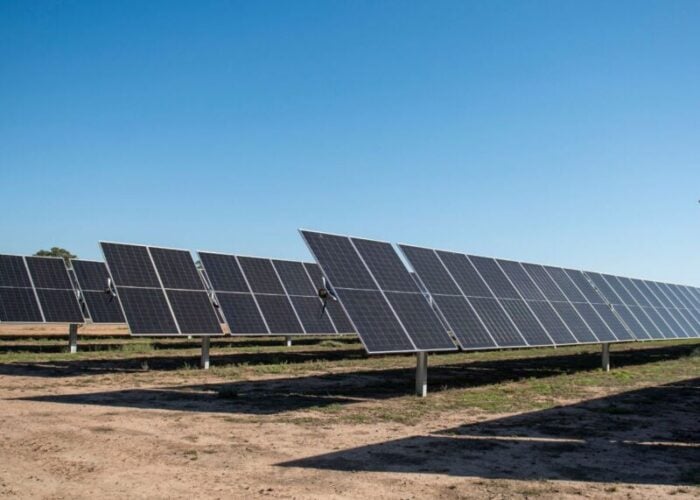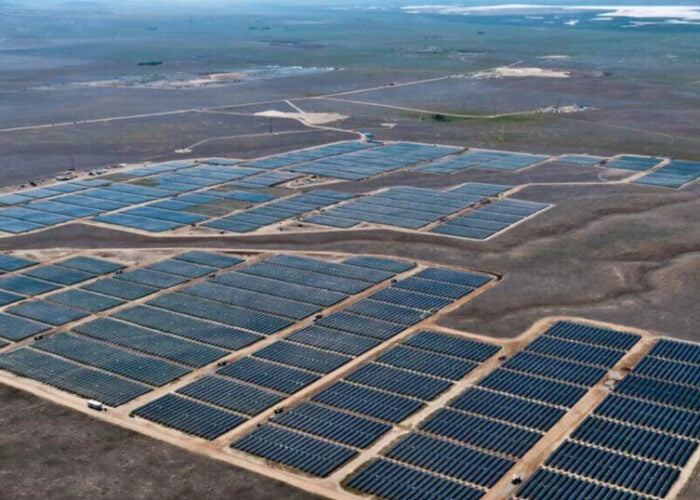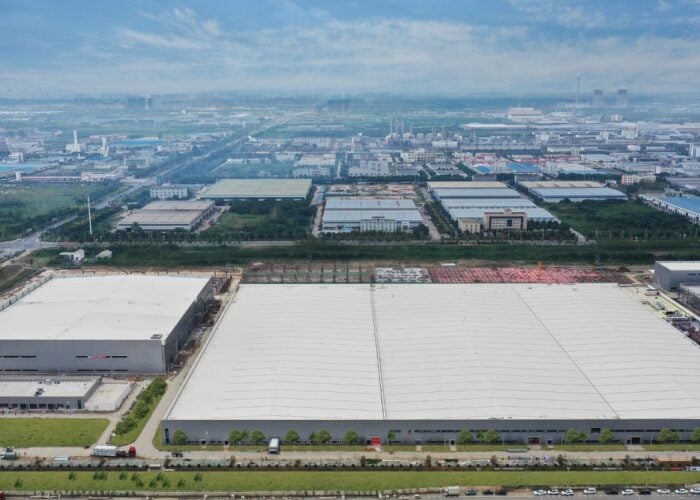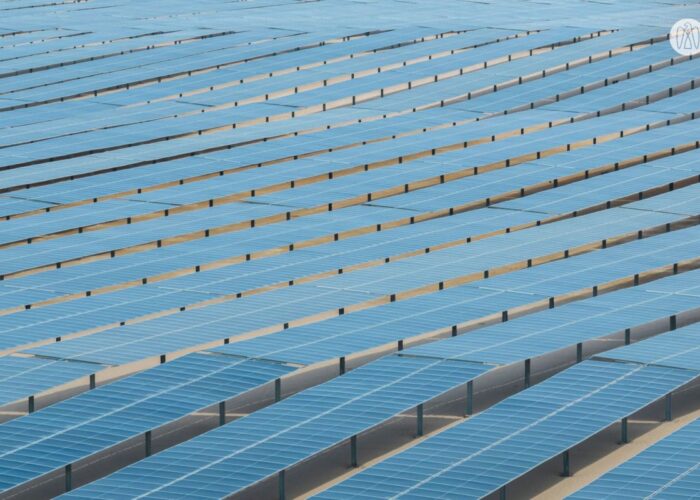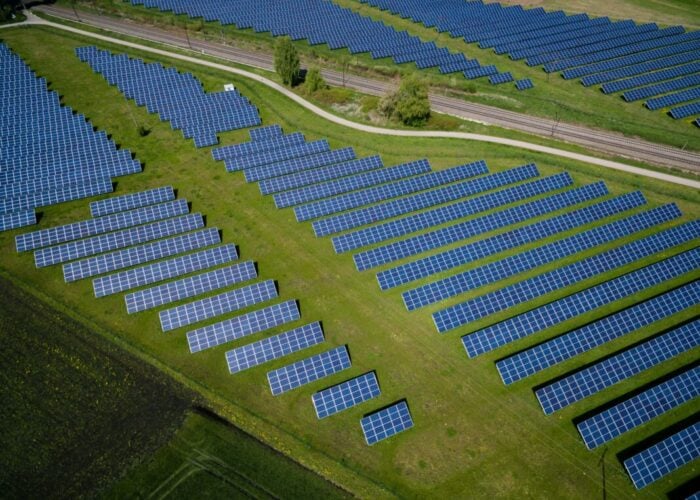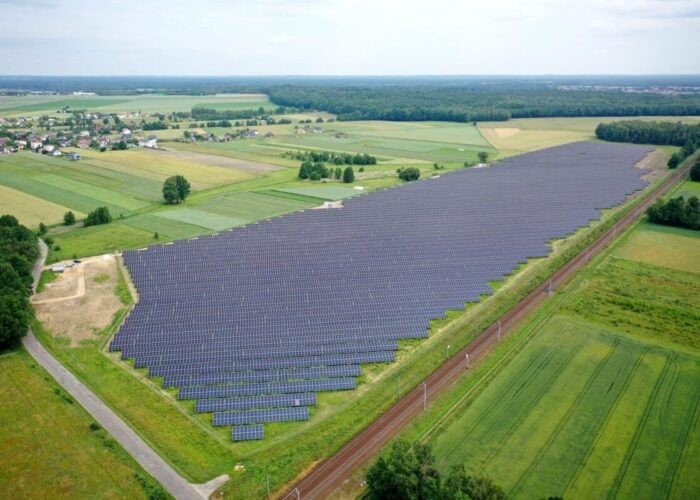A report, four years in the making, has been released by the US Department of Energy (DOE), Office of Inspector General into the collapse of CIGS thin-film producer, Solyndra, and the way more than US$500 million of loan guarantees were given out by the department to the failed company.
Criticism in the special report rests primarily with the executives of Solyndra and a catalogue of misleading information over its suposed US$2.2 billion in order backlog, which was touted to the media and was critical part in the loan being awarded, but which evidence has revealed was at least US$700 million less than claimed.
Try Premium for just $1
- Full premium access for the first month at only $1
- Converts to an annual rate after 30 days unless cancelled
- Cancel anytime during the trial period
Premium Benefits
- Expert industry analysis and interviews
- Digital access to PV Tech Power journal
- Exclusive event discounts
Or get the full Premium subscription right away
Or continue reading this article for free
The report said Solyndra’s claims that its modules offered lower balance of systems costs because of their easier installation were also overplayed. The company had used this claim to justify the higher price of its modules and assertions to the department that it would therefore be able to generate revenue sufficient to continue operating and support repayments of the US$535 million loan.
But the report referred to evidence suggesting that shortly before the loan closed, Solyndra knew internally that savings its modules offered compared to conventional ones were 25-65% less than had been originally represented to the department.
“This is important because lower savings potentially translated to lower revenue which, in turn, could have affected Solyndra’s ability to repay the loan,” the report noted.
The report cited an email sent by a Solyndra official to the department a few days before the loan closed, stating that BOS savings versus a typical module was “about US$1/Watt”. But that claimed advantage was twice what the official’s supervisor had acknowledged internally, the report said. When Solyndra requested a second loan in late 2009 the BOS cost savings were only US$0.70/W to US$0.75/W.
Solyndra’s biggest customers, which accounted for the bulk of the order backlog ahead of the loan, had already baulked at the high prices; several had forced Solyndra to offer as much as a 15% discount to the signed contracts and had already significantly reduced order quantities, making it impossible for the company to remain in business.
The report stated: “Our investigation confirmed that during the loan guarantee application process and while drawing down loan proceeds, Solyndra provided the Department with statements, assertions, and certifications that were inaccurate and misleading, misrepresented known facts, and, in some instances, omitted information that was highly relevant to key decisions in the process to award and execute the $535 million loan guarantee. In our view, the investigative record suggests that the actions of certain Solyndra officials were, at best, reckless and irresponsible or, at worst, an orchestrated effort to knowingly and intentionally deceive and mislead the Department.”
The DOE itself was also criticised in its due- iligence ahead of the loan and was said to have failed to see on several occasions that documentation from Solyndra had changed that would have seriously put the potential loan at the time in question.
The report did not highlight other damning documentation regarding the CIGS module performance as previously highlighted in an investigation on the matter by the US House Committee on Energy and Commerce and covered by PV Tech back in 2011.
Solyndra’s CEO, Chris Gronet, had claimed to the House Committee that it was Chinese module imports and cheaper process that had forced the company into bankruptcy.
However, as a result of all the factors the report noted that the missed opportunities to see the errors in Solyndra’s claims had “placed more than $500 million in U.S. taxpayers’ funds in jeopardy”.
The report in PDF format can be downloaded directly from here.

